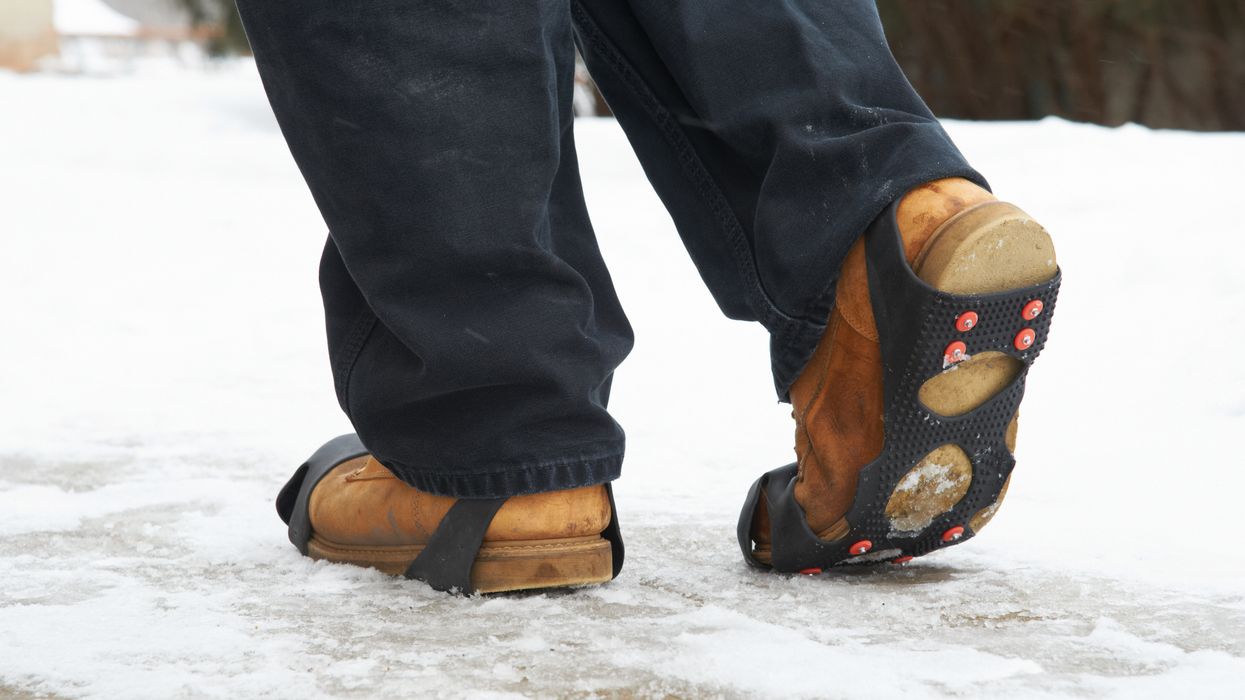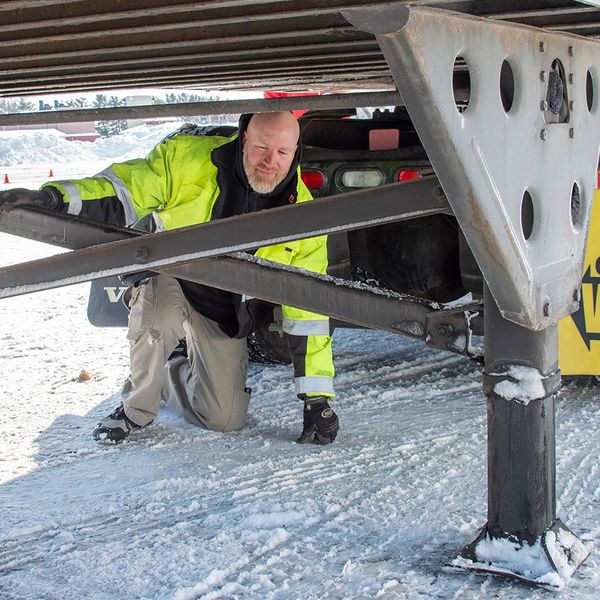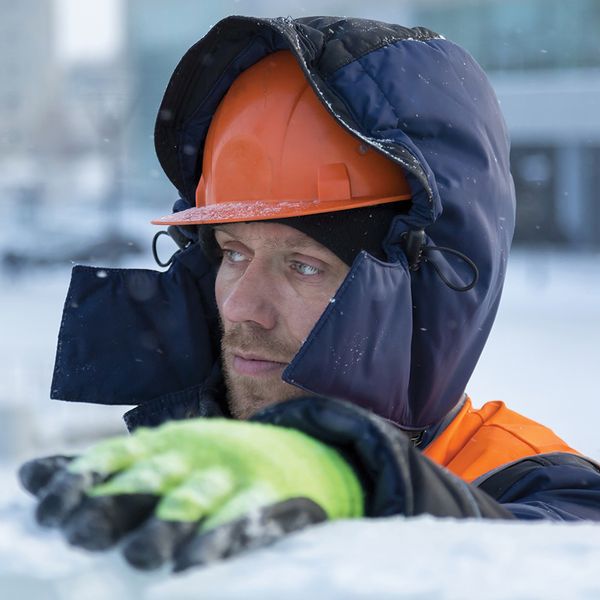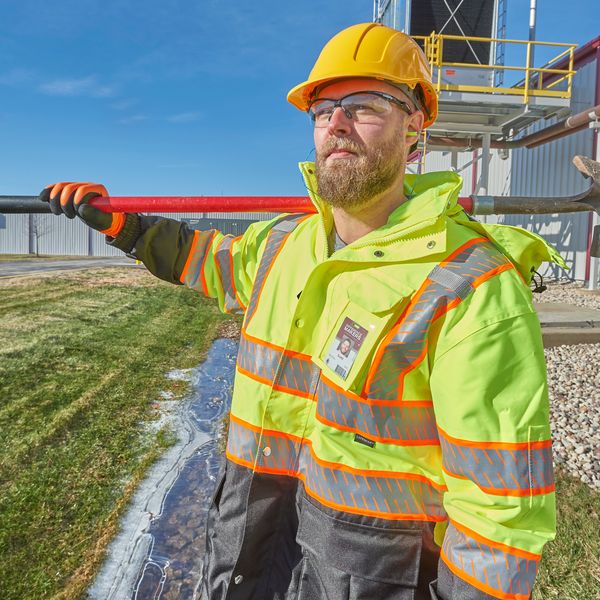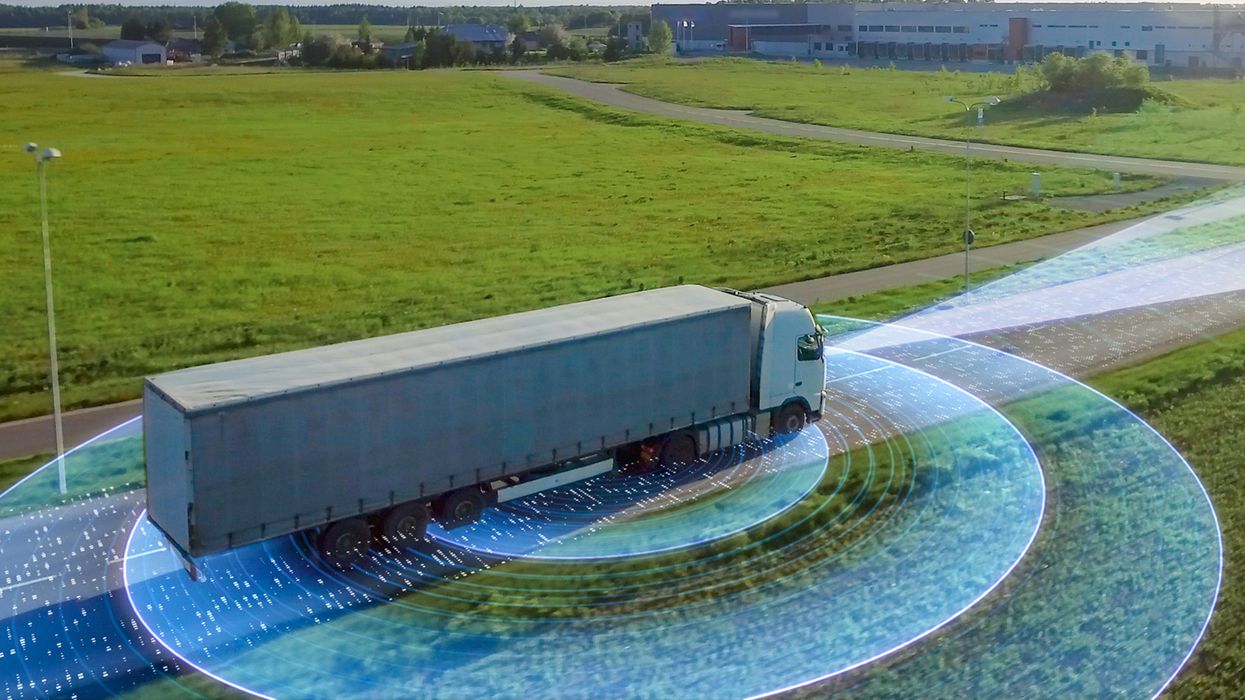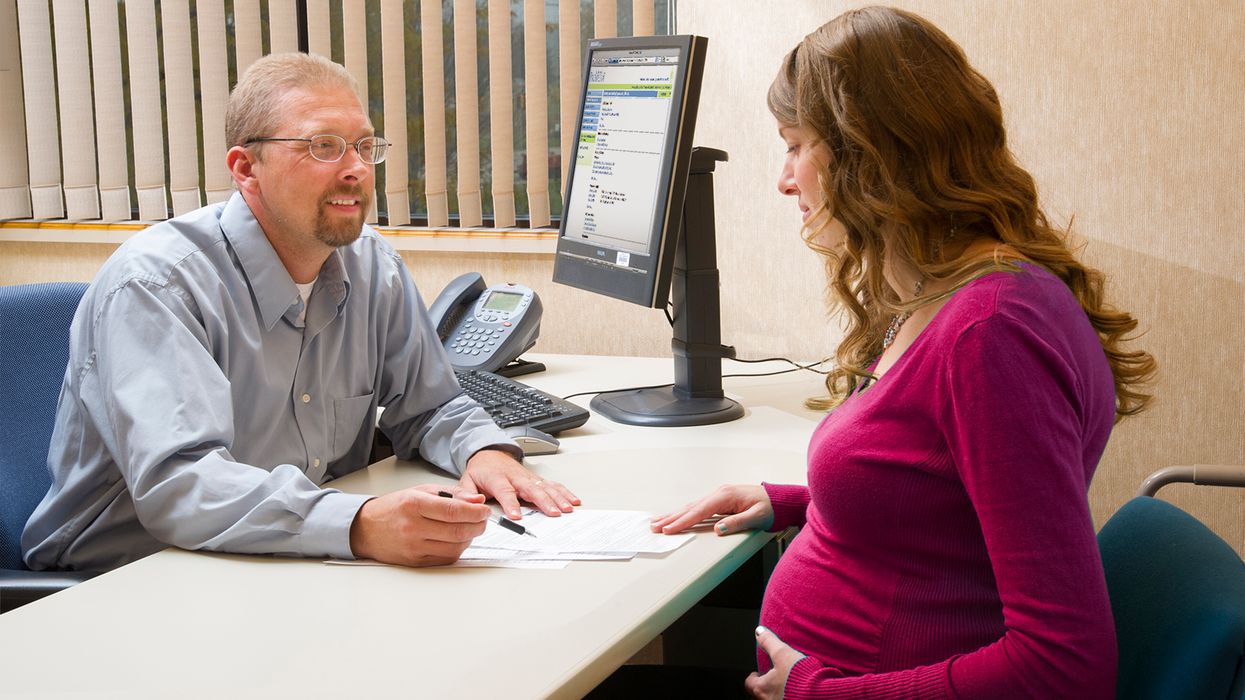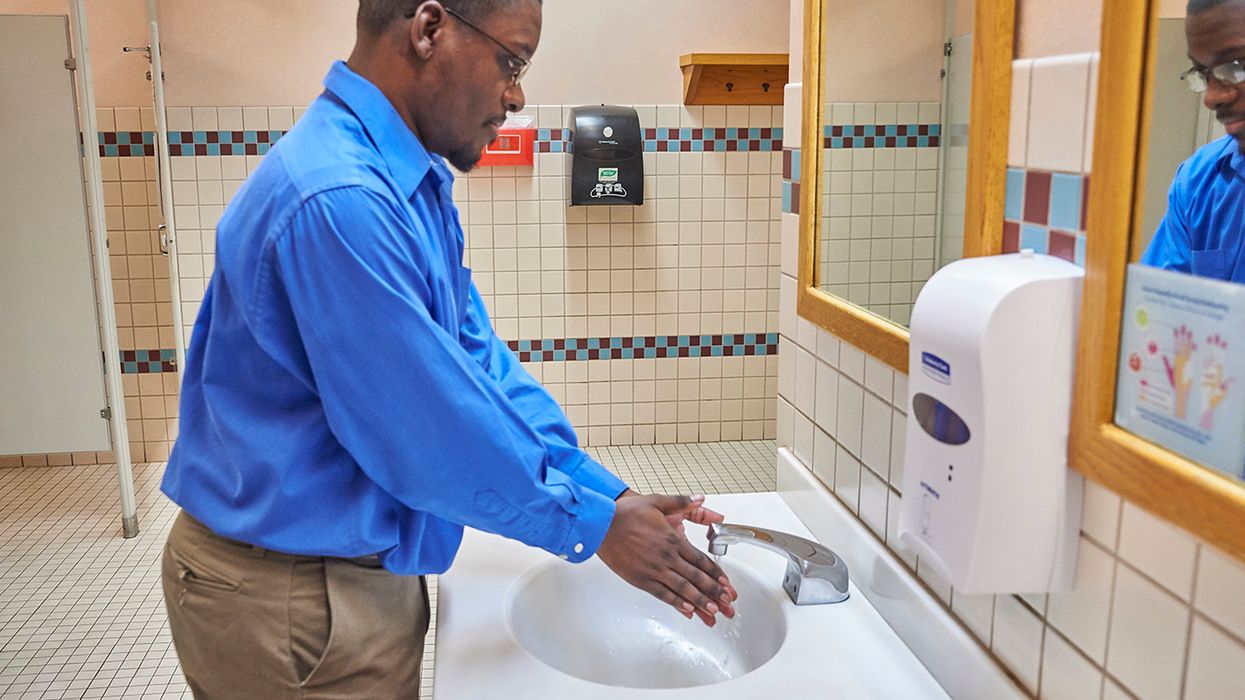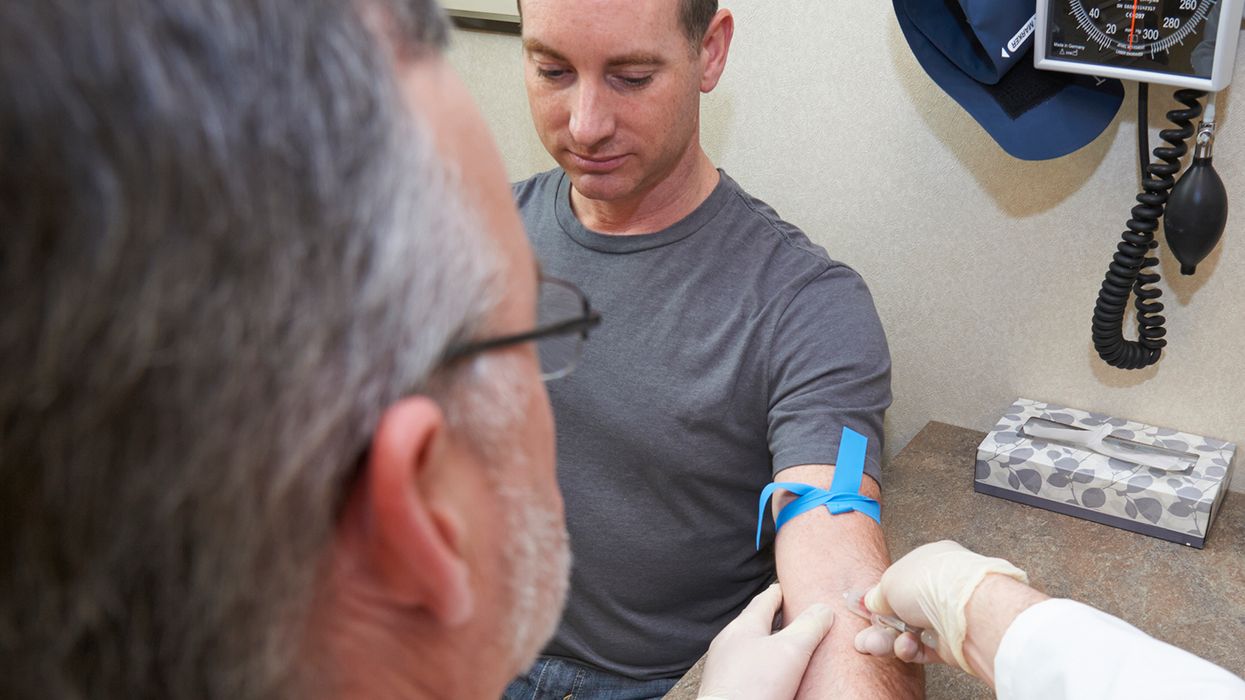Warm up your safety program with some cold-weather safety efforts
No matter where you are this time of the year, it’s bound to be colder now that the winter months have settled in. Even if you’re in the warmer states, it's still colder than usual. I lived in Phoenix, Arizona, and the winter months there even brought challenges. Cold-weather safety and what to do to protect workers aren’t a main safety topic in OSHA’s safety standards. Many jobsites take for granted cold-weather hazards as being part of the project life cycle. This is a common mistake.
At my past jobs, we used to have many slips, trips, and fall injuries. Many project managers thought there wasn’t anything the company could do, and mother nature just had to take her course. Indeed, we couldn’t stop the snow or ice from forming, but we could do some things that reduced our injury occurrences. One of the first things I did was to set up a stretch-and-flex program for workers. At first, it was the usual array of stretches. But after time, workers got bored with the usual routine and either stopped participating or didn’t put enough effort into the program. So, then I expanded the program to include overall worker wellness. This included nutrition, stress, and alcohol abuse, among other current affairs affecting workers’ wellness. There are many benefits of having a stretching and wellness program on your project for both workers and your company that I will discuss in detail.
Construction companies usually have a fleet of vehicles that need to get moved between jobs or driven across the country to a jobsite. This was another area of safety hazards I addressed to reduce incidents and injuries, especially during the winter months. Two main areas of focus of my efforts were vehicle maintenance and training workers about what to have in their pick-up truck if an emergency occurred. I’ve included some other tidbits that I think will help fine-tune your program about cold-weather stress, common types of cold-related injuries, and how to address hazards while working in any cold-working environment.
This month’s online article and poster focus are about tool and equipment guards. I think this is another often overlooked safety hazard at jobsites. Many workers and management don’t think about machine guarding on the job, assuming it only applies to general industry work situations. If you have any tools or equipment, like a concrete mixer, saw, or conduit bender, OSHA does address tool and equipment guarding that apply to your jobsite and workers.

